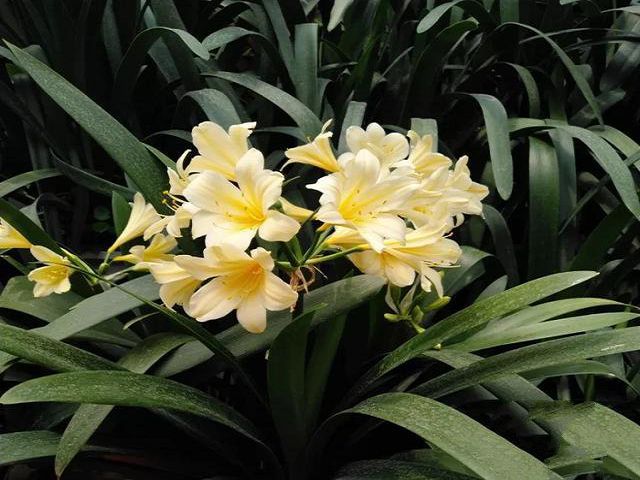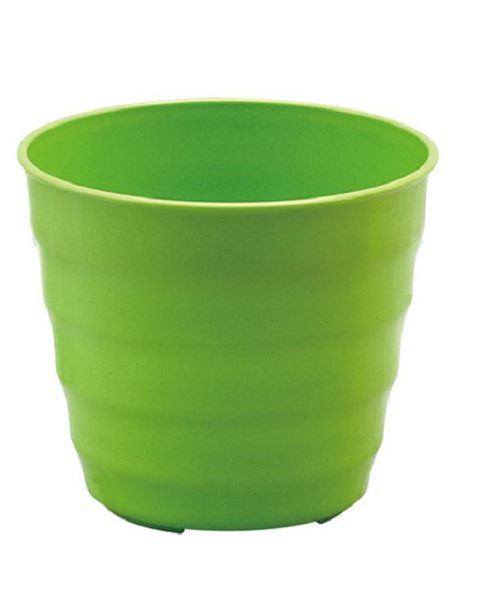What should you do when it is difficult for a gentleman to spend the summer?
Clivia growth suitable for 15~25℃, temperature more than 30℃ will be in a semi-dormant state, then if improper maintenance is easy to cause rotten roots, rotten stems and death. In order to make Clivia safe in summer, it must be preserved from the following aspects:
(1)Stop fertilization: When the temperature is higher than 28℃, stop fertilization, at this time Clivia has entered a dormant state, fertilization will cause weak plants, excessive growth, reduced resistance, causing rotten roots, rotten stems. In early autumn, when the temperature drops below 25℃, it can be applied with a decomposed quick-acting fertilizer to break dormancy and grow early.
(2)Watering right amount: When Clivia enters dormancy period, its roots absorb water and send it to leaves, and due to high temperature, the evaporation of leaves is still very large, at this time, it should often spray water to the surrounding ground, or spread a layer of thick sand on the ground, so that the pot soil remains moist, but the humidity cannot be too large, otherwise it is easy to rot roots.
(3)Avoid direct light: should be placed under the shade or indoor, there is a certain amount of scattered light on the line.
(4)Improve their own resistance: before the arrival of summer, the last fertilization should be based on phosphorus and potassium to promote their robust growth.
Related
- Is the orchid suitable for indoor use? Is it good for the body?
- How to prevent the empty root of orchids?
- What to do after the crab claw orchid is withered?
- Why are the leaves of orchids always yellow? Fertilizing and watering.
- Can the root of the gentleman orchid be saved if it is rotten?
- Diagnosis and treatment of cotton-blowing beetle insects in Cymbidium
- There is a way for a gentleman's orchid to rot.
- What is the most suitable temperature and humidity for the orchid?
- How to raise a gentleman's orchid? Cultivation techniques of Cymbidium
- How to prepare the nutritive soil for the cultivation of Cymbidium



